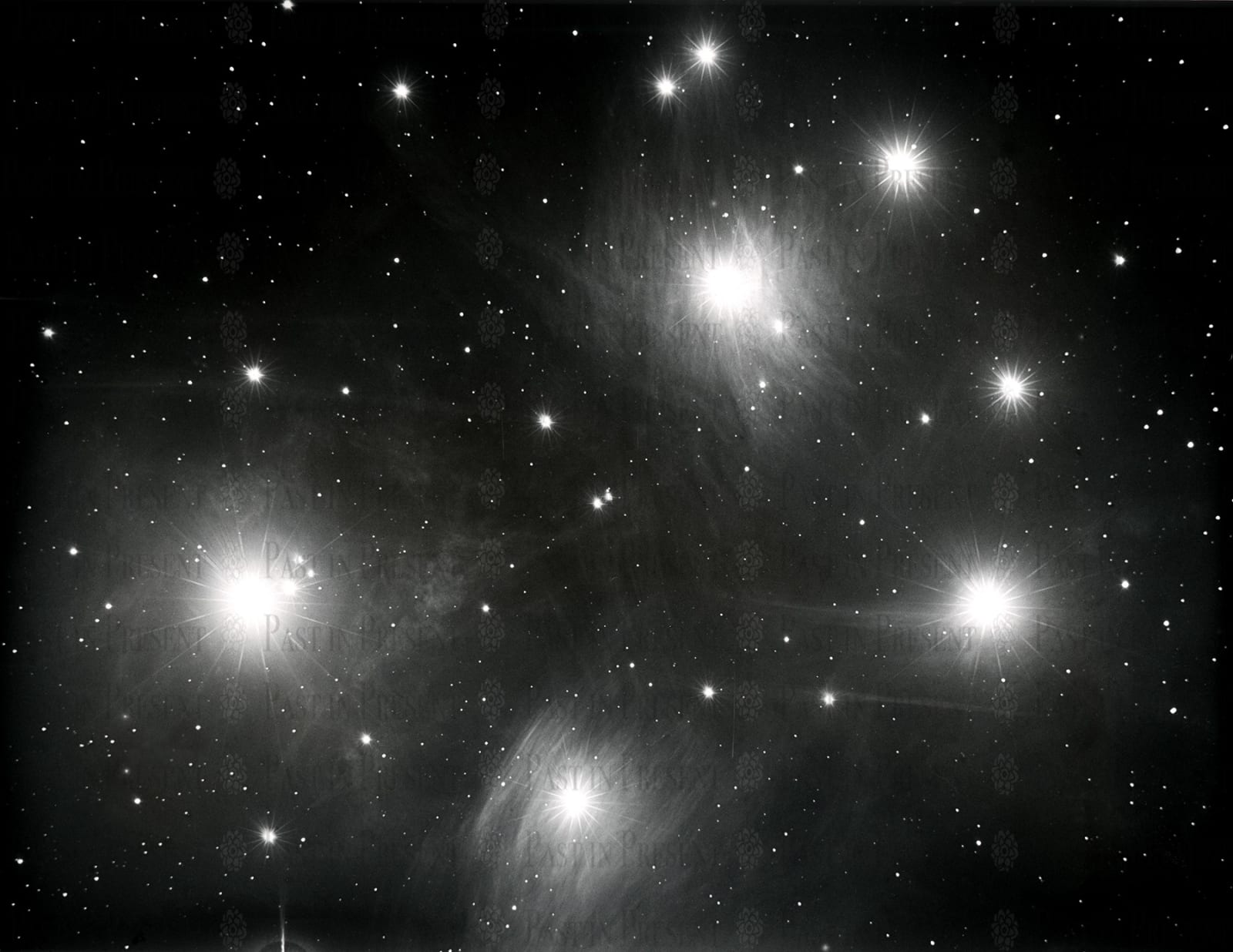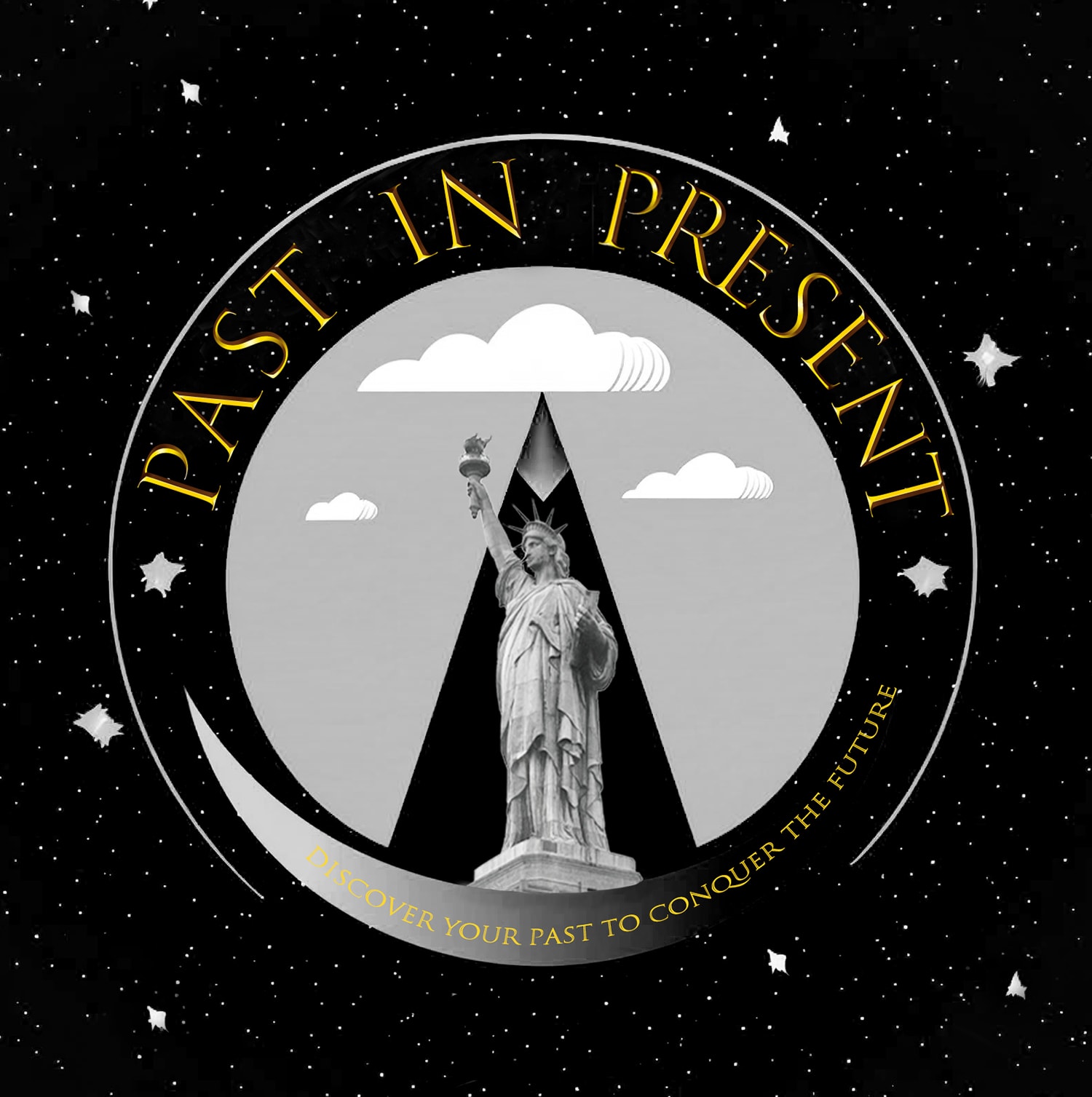 The Pleiades in Taurus, December 28, 1899. (Watermarks do not appear on the actual artwork.)
The Pleiades in Taurus, December 28, 1899. (Watermarks do not appear on the actual artwork.)
 The Pleiades in Taurus, December 28, 1899. Original vintage glass camera negative, not for sale, display only.(Watermarks do not appear on the actual artwork.)
The Pleiades in Taurus, December 28, 1899. Original vintage glass camera negative, not for sale, display only.(Watermarks do not appear on the actual artwork.)
 The Pleiades in Taurus, December 28, 1899. Original vintage glass camera negative, not for sale, display only.
(Watermarks do not appear on the actual artwork.)
The Pleiades in Taurus, December 28, 1899. Original vintage glass camera negative, not for sale, display only.
(Watermarks do not appear on the actual artwork.) Caption on the protective glass plate a top of the original glass negative: The Pleiades in Taurus.
Caption on the protective glass plate a top of the original glass negative: The Pleiades in Taurus.
 Caption on the protective glass plate a top of the original glass negative: "Photographed Dec. 28, 1899, with the Crossley Reflector of the Lick Observatory. Enlarged 2.2 diameters. Exposure: 4 hours"
Caption on the protective glass plate a top of the original glass negative: "Photographed Dec. 28, 1899, with the Crossley Reflector of the Lick Observatory. Enlarged 2.2 diameters. Exposure: 4 hours"
The Pleiades in Taurus - Mystical Star Cluster, December 28, 1899., 1899
Further images
The Pleiades (1899) — Mystical Star Cluster Historic Fine Art Print. Painstakingly restored and printed from the original 19th-century glass negative, this Fine Art Print reveals the night sky as seen through one of the earliest long-exposure reflectors in history. This is more than a photograph. It’s a moment in cosmic history — captured in a single, fragile glass plate on a December night in 1899. What you see here is M45 — the Pleiades — a shimmering knot of starlight 444 light-years from Earth. Each glowing star is etched in silver, surrounded by faint, ghost-like wisps of interstellar dust. This image, taken with the Crossley Reflector at Lick Observatory, was the result of a four-hour exposure guided entirely by hand.
The result? A luminous, near-spiritual rendering of the heavens. Still, silent, and untouched by modern light pollution — this is the night sky as our ancestors knew it.
Why This Print is Special:
Historically Rare: One of the first deep-sky photographs of the Pleiades ever taken.
Scientific Milestone: Captured with the Crossley Reflector—proof that reflecting telescopes could revolutionize astronomy.
Striking Visual Detail: Four-hour exposure reveals a luminous star field with haunting clarity and elegance.
Ethereal Detail: The stars radiate like celestial fires, their glow captured in uncanny clarity.
True Vintage: Made from the original 1899 glass plate negative, not a reproduction or modern rendering.
This piece is for those who love space, mystery, and timeless craft. Hang the universe on your wall. Let it glow silently.
Scientific Art: A milestone in astrophotography, created using one of the first large reflecting telescopes.
This isn’t just a photograph—it’s a 125-year-old visual time capsule from an era when science met starlight through glass, silver, and patience. Own a piece of cosmic history.
Summary:
In an era before digital sensors or even film, astronomers at Lick Observatory captured this remarkable image of the Pleiades — a bright cluster of stars in the constellation Taurus — using one of the most advanced instruments of its time: the Crossley Reflector.
Perched atop Mount Hamilton, California, Lick Observatory was the world’s first permanently staffed mountaintop observatory. On December 28, 1899, the Crossley telescope — recently rebuilt for scientific use — was trained on the Pleiades. Over four hours, a glass plate recorded starlight reflected from a 36-inch mirror. Astronomers manually guided the telescope to track the stars with absolute precision.
The result is one of the earliest high-quality deep-sky photographs ever made — and one of the first to prove that reflecting telescopes could rival traditional refractors. The bluish haze seen in modern versions of this image is caused by interstellar dust — invisible in 1899 but now known to reflect starlight.
Timeline:
1870s – Edward Crossley builds the original 36-inch reflector in England.
1888 – Lick Observatory is completed and becomes a hub for astrophotography.
1895 – Crossley telescope is donated and refurbished under astronomer James Keeler.
1899 – This image of the Pleiades is captured — requiring 4 hours of manual tracking.
Today – Lick Observatory continues research, while this photograph remains a rare artifact of astronomical history.
Provenance
Private Collection, Virginia | Bonhams, New York, "Illuminating Space: Images from a Private Virginian Collection", 5 December 2012, Lot 10.
Past in Present.com Inc private historical archive.









